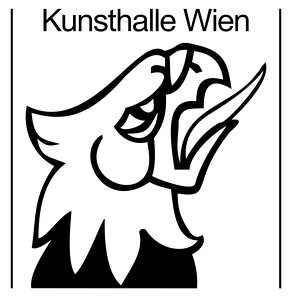Nine Buildings, Stripped
November 13, 2019–February 2, 2020
Treitlstraße 2
1040 Vienna
Austria
Nine Buildings, Stripped presents a series of new sculptures by Andreas Fogarasi that address (and encapsulate) processes of urban metamorphosis and their manifestation in material surfaces.
Fogarasi’s wall-mounted and freestanding “material packages,” are composed of original fragments of buildings that now no longer exist, as well as samples or entire sections of the visible exterior of the structures that replaced them, or into which they were converted, including façade claddings, floor tiles, fragments of doors, and even complete windows.
Where do the deep parameters of a society and time rise to the surface? To what extent are the façades of buildings, their visual as well as tactile details part and parcel of a larger symbolic order or representational system of political and economic states of affairs? The city—with its manifold surfaces and densely aggregated phenomena—is in parts unraveled and reformulated in these sculptures where the artist scrutinizes the built urban space and its manifold (political, economic, cultural, and sociological) transformations.
Take the Rinter Tent [Rinterzelt] in Vienna for example, a 220-feet-tall civic waste-collection facility. Its unusual concave roof loomed over Vienna’s northern districts for decades. Now consider Vienna’s infamous South Station—where arrivals and departures, joyful greetings and farewells characterized the meeting place of East and West. Demolished in 2019 and 2009 respectively, the former Rinter Tent and South Station each portray the artist’s interest in architectures that define the character of a neighborhood or have great public presence. What do their past and present formations tell us?
The assemblage of materials relating to particular sites provide radically abstract portraits of specific urban situations across time—condensed to the materiality, colors, and tactile qualities of the evolving physical shells.
Nine Buildings, Stripped sketches the contours of an ambitious, ongoing artistic and research-intensive project. The sculptural series contributes to a comprehensive long-term documentation of architectural practice. As sculptural hybrids, the works depict formations of urban strata whose individual characteristics coalesce into a representative image of an overarching development. They divulge a dialectic that imparts an enduring and appealing restlessness to Fogarasi’s fragmentary blocks—between abstraction and concretion, surface and depth, past and present, material reality and pictorial signification.
Andreas Fogarasi (b. Vienna, 1977) lives in Vienna. His work has been presented at institutions in numerous countries: Museo Tamayo, Mexico City; Ludwig Museum, Budapest; New Museum, New York; Kunstverein für die Rheinlande und Westfalen, Düsseldorf; Muzej suvremene umjetnosti, Zagreb; CAC, Vilnius; Frankfurter Kunstverein; and Palais de Tokyo, Paris. Solo exhibitions (selection): Georg Kargl Fine Arts, Vienna (2017); Proyectos Monclova, Mexico City (2016); MAK Center, Los Angeles (with Oscar Tuazon); Galeria Vermelho, São Paulo; Galerie für Zeitgenössische Kunst Leipzig; Haus Konstruktiv, Zurich (2014); Prefix ICA, Toronto (2012); Museo Reina Sofía, Madrid (2011); Ludwig Forum, Aachen (2010); Lombard-Freid Projects, New York; and in the Hungarian pavilion at the 52nd Venice Biennale (2007), where his work Culture and Leisure [Kultur und Freizeit] earned him the Golden Lion for the best national participation.
Curator: Maximilian Geymüller
Stay connected: Please check our website for regular updates on our program.
For further information please contact: presse [at] kunsthallewien.at


